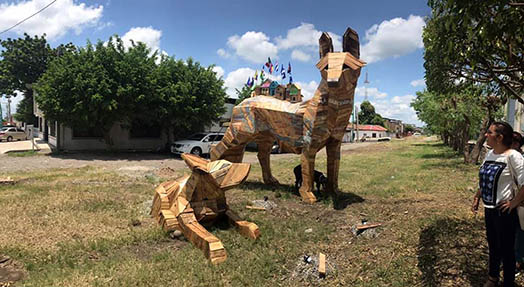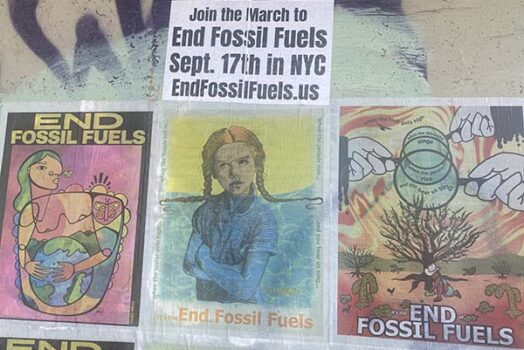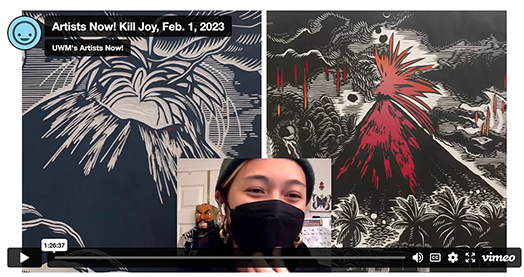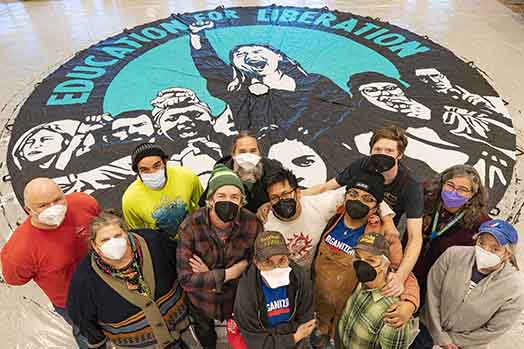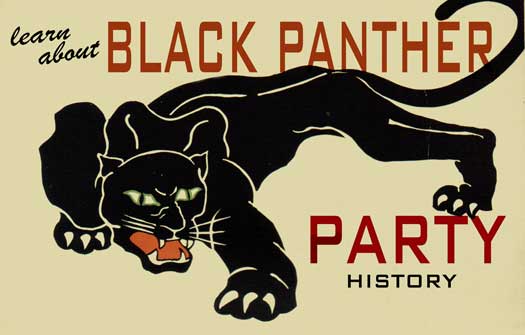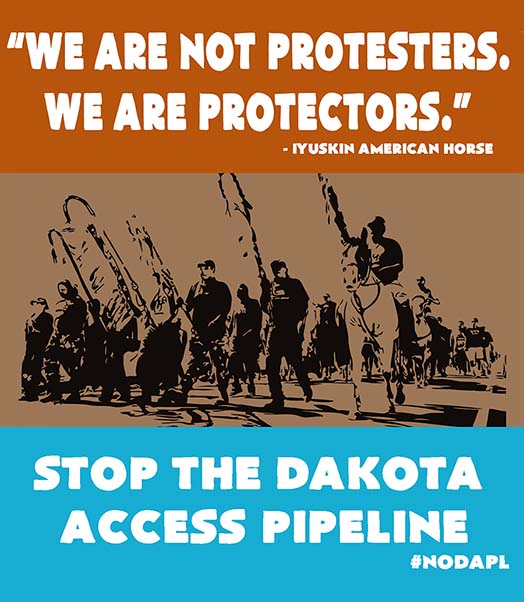
Every blue moon a truly exceptional book on art and activism is released. The latest one is Art and Social Justice Education: Culture as Commons edited by Therese Quinn, John Ploof, and Lisa Hochtritt. I am still making my way through it, so this post is not a definitive review, simply a first impression. For starters, the book, unlike so many Routledge books is relatively affordable (around $40 for the paperback). Yes, that is high for a paper book, but many Routledge books are over $100 and simply inaccessible to just about everyone besides those who find them hidden away in the stacks of a University library.
So, why should one purchase this book? Simple. The book is written in clear prose, it synthesizes a vast range of activist art being produced NOW, and provides an excellent balance between short biographical essays on activist artists and critical essays in defense of the public sphere (including public education) during an era of right-wing privatization. In short, the book acts as a useful “first text” to those just learning about activist art, while also operating as a text that adds much critical discussion to those already versed in the practice and the theory.
The lists of artists profiled is impressive and includes the ToroLab, Emily Jacir, Xu Bing, Edgar Heap of Birds, Bernard Williams, and the Future Farmers, to name just a few. (the full table of contents is after the break) And on a side note, the very first essay is by David Darts and profiles Justseeds and the Cut and Paint zine project! Yours truly penned an essay on Rafael Trelles – the Puerto Rican artist whose reverse stencil images rail out at US imperialism and militarism, i.e. the bombing of Vieques.
To learn more about the book, check out the companion website here.
Table of Contents:
Acknowledgements Foreword Bill Ayers and Maxine Greene, illustrated by Ryan Alexander-Tanner Editors Introduction Therese Quinn, John Ploof, and Lisa Hochtritt
I. The Commons: Redistribution of Resources and Power Introduction Section One Therese Quinn 1. Justseeds: An Artists’ Cooperative David Darts 2. Heidi Cody: Letters to the World and the ABCs of Visual Culture Kevin Tavin 3. Kutiman: It’s the Mother of All Funk Chords K. Wayne Yang 4. ToroLab: Border Research Gone Molecular Nato Thompson 5. Mequitta Ahuja: Afro-Galaxy Romi Crawford 6. Emily Jacir: The Intersection of Art and Politics Edie Pistolesi 7. Paula Nicho Cúmez: Crossing Borders Kryssi Staikidis 8. Rafael Trelles: Cleaning Up the Stain of Militarism Nicolas Lampert 9. Experience, Discover, Interpret, and Communicate: Material Culture Studies and Social Justice in Art Education Doug Blandy 10. Educational Crisis: An Artistic Intervention Dipti Desai and Elizabeth Koch 11. Social Media/Social Justice: The (Creative) Commons and K-12 Art Education Robert W. Sweeny and Hannah Johnston
II. Our Cultures: Recognition and Representation Introduction to Section Two John Ploof 12. Kaisa Leka: Confusing the Disability/Ability Divide Carrie Sandahl 13. Darrel Morris: Men Don’t Sew in Public Dónal O’Donoghue 14. Nicholas Galanin: Imaginary Indian and the Indigenous Gaze Anne-Marie Tupuola 15. Kimsooja: The Performance of Universality Dalida María Benfield 16. Xu Bing: Words of Art Buzz Spector 17. Bernard Williams: Art as Reinterpretation, Identity as Art James Haywood Rolling, Jr. 18. Hock E Aye Vi Edgar Heap of Birds: Beyond the Chief Elizabeth Delacruz 19. Samuel Fosso: Queering Performances of Realness G. E. Washington 20. Cultural Conversations in Spiral Curriculum Olivia Gude 21. Arts Making as an Act of Theory Miia Collanus and Tiina Heinonen 22. Pedagogy, Collaboration, and Transformation: A Conversation with Brett Cook Korina Jocson and Brett Cook
III. Toward Futures: Social and Personal Transformation Introduction to Section Three Lisa Hochtritt 23. Harrell Fletcher: Shaping a New Social Juan Carlos Castro 24. Pinky & Bunny: Critical Pedagogy 2.0 Steven Ciampaglia 25. La Pocha Nostra: Practicing Mere Life Jorge Lucero 26. Future Farmers: Leaping Over the Impossible Present A. Laurie Palmer 27. Appalshop: Learning from Rural Youth Media Maritza Bautista 28. Navjot Altaf: What Public, Whose Art? Manisha Sharma 29. The Chiapas Photography Project: You Can’t Unsee It Lisa Yun Lee 30. Dilomprizulike: Art as Political Agency Raimundo Martins 31. In Search of Clean Water and Critical Environmental Justice: Collaborative Artistic Responses Through the Possibilities of Sustainability and Appropriate Technologies B. Stephen Carpenter, II and Marissa Muñoz 32. Opening Spaces for Subjectivity in an Urban Middle-School Art Classroom: A Dialogue between Theory and Practice Carol Culp and Rubén Gaztambide-Fernández 33. Story Drawings: Revisiting Personal Struggles, Empathizing with ‘Others’ Sharif Bey
IV. Voices of Teachers Introduction Section Four Graeme Sullivan, Art Matters 34. Holding the Camera Maura Nugent 35. The Streets Are Our Canvas: Skateboarding, Hip-Hop, and School Keith (K-Dub) Williams 36. The Zine Teacher’s Dilemma Jesse Senechal 37. Miracle on 79th Street: Using Community as Curriculum Delaney Gersten Susie 38. Public School, Public Failure, Public Art? Bert Stabler 39. Animating The Bill of Rights William Estrada 40. Think Twice, Make Once Anne Thulson 41. Art History and Social Justice in the Middle School Classroom Kimberly Lane 42. Whatever Comes Next will be Made and Named by Us Vanessa López-Sparaco About the Contributors Figure Credits and
Permissions Index
